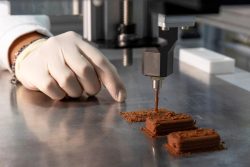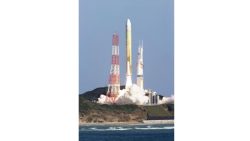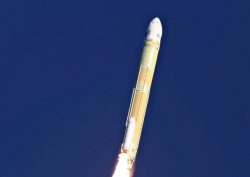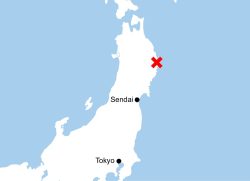Undersea Drone to Check Aging Breakwaters for Damage; Govt Aims to Establish New Business Model for Inspection Technology
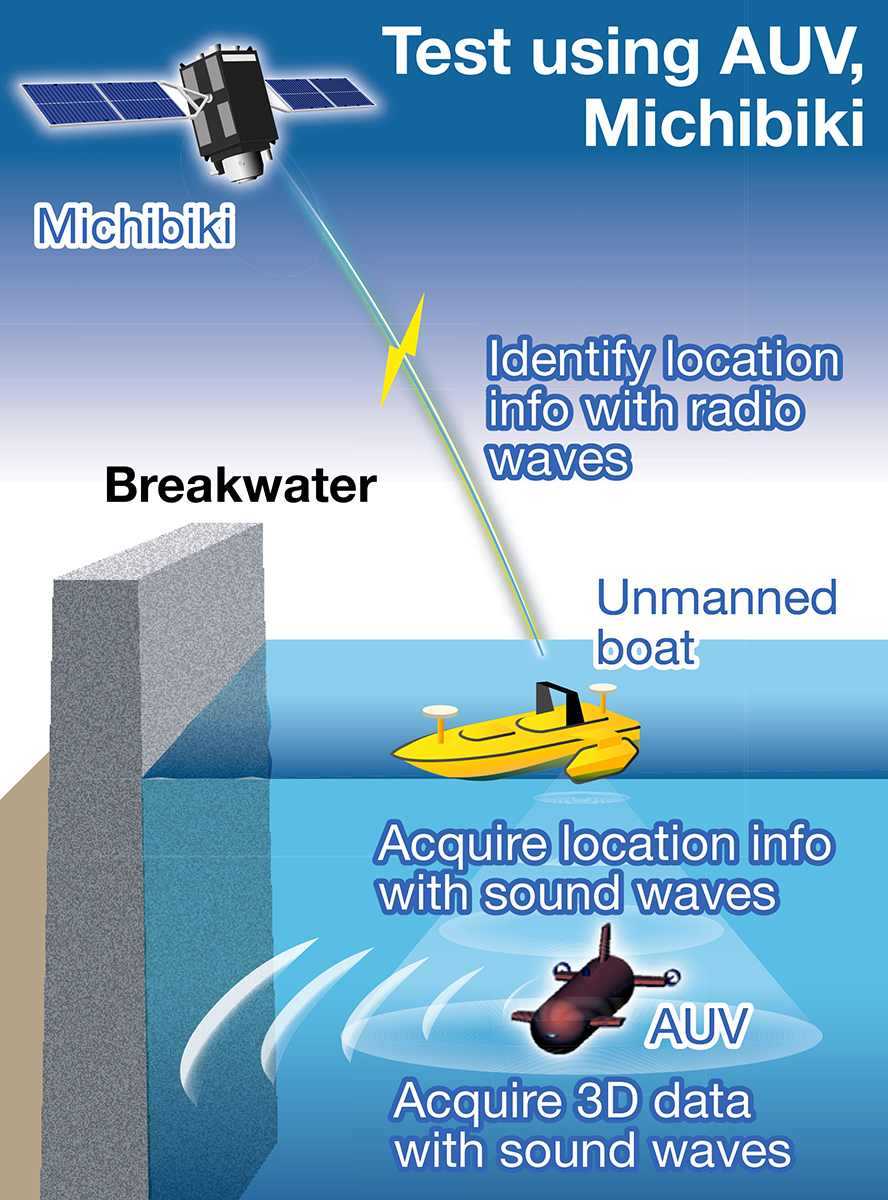
17:51 JST, September 2, 2024
The government has launched a test to inspect aging breakwaters using an autonomous underwater vehicle (AUV) and the quasi-zenith satellite system called Michibiki, which is known as the Japanese GPS.
The aim is to establish inspection technology for underwater infrastructure as a new business model and expand the market for domestically produced AUVs.
AUVs, often called underwater drones, can explore a wide range of waters without being operated by a human. Some models can search down to a depth of 6,000 meters. The production cost per AUV ranges from tens of millions of yen to over ¥1 billion.
The test is being conducted as part of a Cabinet Office project involving Shimane Prefecture and a private-sector company that owns AUVs. In the project, digital data of damage and deterioration of undersea portions of breakwaters at a fishing port in Okinoshima in the prefecture are reproduced as a 3D model. The town was chosen because it is on a remote island, which makes it easy to conduct tests, and there was a need for the inspection of underwater infrastructure.
The central government has a policy to put AUVs into practical use by 2030. Once established, such undersea inspection technology can be utilized for submarine cables and floating offshore wind farms that will be increasingly introduced in the future. The project is therefore expected to spur the entry of new private-sector companies into the business.
In the test, an AUV emits sound waves toward the undersea breakwaters to measure damage and deterioration based on the way the sound waves bounce back, and then it acquires 3D data. In parallel, a camera-equipped underwater robot checks for minor damage.
Many undersea infrastructure inspections require high-precision location information to examine the aging of any damage found. The use of Michibiki, which is capable of high-precision positioning, will improve the accuracy and reliability of the acquired data.
Michibiki emits radio waves and gives an unmanned boat at sea the exact locations of inspection points. The AUV then acquires the location information from the boat via underwater acoustic communications.
Underwater infrastructure are usually inspected by divers, but an expected labor shortage may slow down inspection works. Under such circumstances, the government is eager to reduce the necessary labor by introducing AUVs and other technologies.
"Science & Nature" POPULAR ARTICLE
-
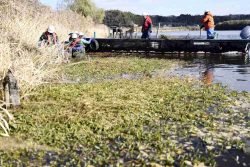
‘Fiercest, Most Damaging Invasive Weed’ Spreading in Rivers, Lakes in Japan, Alligator Weed Found in Numerous Locations
-

Japan Set to Participate in EU’s R&D Framework, Aims to Boost Cooperation in Tech, Energy
-

Tsunami Can Travel Vast Distances Before Striking, Warn Japanese Researchers
-
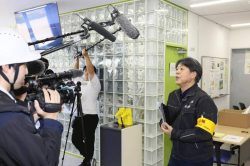
Japan’s H3 Rocket Failed in Latest Launch, Says Official
-

Univ. in Japan, Tokyo-Based Startup to Develop Satellite for Disaster Prevention Measures, Bears
JN ACCESS RANKING
-

As Chinese Tourists Shun Japan, Hotels and Stores Suffer
-

Osaka-Kansai Expo’s Economic Impact Estimated at ¥3.6 Trillion, Takes Actual Visitor Numbers into Account
-

Japan Govt Adopts Measures to Curb Mega Solar Power Plant Projects Amid Environmental Concerns
-

BOJ Gov. Ueda: Highly Likely Mechanism for Rising Wages, Prices Will Be Maintained
-

Economic Security Panels Debate Supply Chains, Rare Earths; Participants Emphasize Importance of Cooperation Among Allies


